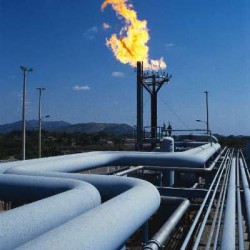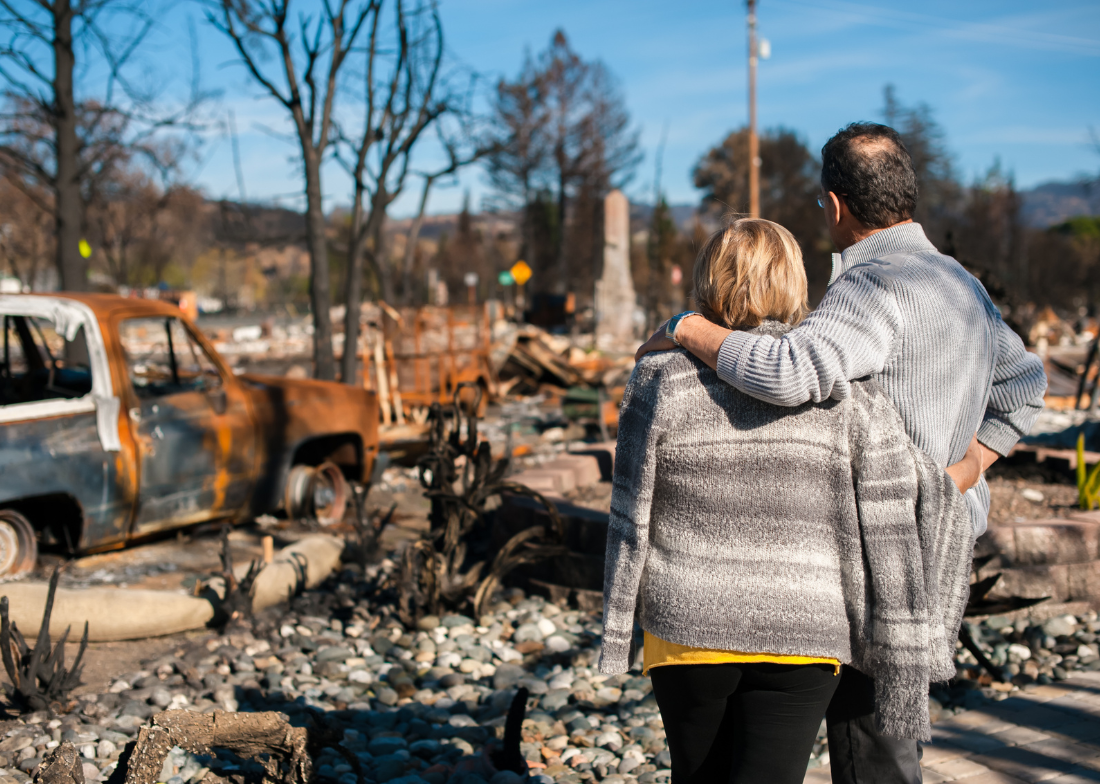Is Clean Energy in the US Possible?
Gaby Berkman
|January 27, 2012

 A few days ago, President Obama held the State of the Union Address, the annual address that is presented to the President of the United States to the United States congress. It’s a pretty big deal because it maps out where the administration plans to in 2012- and what policies it will put in place.
A few days ago, President Obama held the State of the Union Address, the annual address that is presented to the President of the United States to the United States congress. It’s a pretty big deal because it maps out where the administration plans to in 2012- and what policies it will put in place.
2012 is an especially big year for President Obama because it’s an election year. Okay, enough with the political talk, you’re probably thinking. How is this relevant to climate education?
Well, this year Obama talked about renewable energy and how the United States can begin transitioning over to clean energy sources. He called Congress to pass a federal “clean energy standard,” which would mean that by 2035, at least 80% of power used by electric utilities must come from natural gas, nuclear and renewable sources. Obama explicitly stated: “…I will not walk away from the promise of clean energy.” Which is great news, especially after years of fossil fuels being subsidized instead of clean energy sources. President Obama also proposed a $5 billion subsidy to help start up clean energy manufacturers.
Again, great news! According to the CEO of the Solar Energy Industries Association (SEIA), President Obama and his calls to action for a clean energy mandate get right at the heart of clean energy development.
 In his speech, he also noted that the US is currently less reliant on foreign oil than it has been for 16 years and that US oil production is at it’s highest. Which isn’t necessarily a good thing. Fracking is a growing issue in the US, but a new controversial energy source is shale gas, which is natural gas that is trapped within the fine-grained sedimentary rocks shale. A paper published by Cornell University last year claimed that shale gas is actually worse for the environment than coal, a position that was heavily critiqued and criticized by the gas industry. So, is it?
In his speech, he also noted that the US is currently less reliant on foreign oil than it has been for 16 years and that US oil production is at it’s highest. Which isn’t necessarily a good thing. Fracking is a growing issue in the US, but a new controversial energy source is shale gas, which is natural gas that is trapped within the fine-grained sedimentary rocks shale. A paper published by Cornell University last year claimed that shale gas is actually worse for the environment than coal, a position that was heavily critiqued and criticized by the gas industry. So, is it?
Scientists and climatologists aren’t sure yet. They don’t yet have a firm grasp on how much methane that is accidentally spilled into the air during the production and shipping of the shale. The accidental spillage is on of the most important details in determining the footprint of energy technologies.
This is shaping up to be a long debate, and don’t expect it to end any time soon. It was just released that around 8% of methane from shale gas production finds its way into the atmosphere. Methane is actually worse for the atmosphere that carbon dioxide: although it stays trapped in the atmosphere for less time, it has 23 times the potential to warm the planet. WOW.
We’ll see just how this fits into President Obama’s promise to deliver clean energy. In the meantime, keep doing your part to help cool the climate!
Join our Youth Action Network
More Blog Posts
Driving India towards self sufficiency and freedom from oil
India can shield itself from oil-price shocks and global pressure over Russian barrels by leaning harder into two strengths it …
Read More
Unnatural, Not Unprecedented
For two weeks, residents of Southern California endured a waking nightmare. Parents raced against time – hurrying down the driveway …
Read MoreCrafting a Vision for the Future: My Experience at LCOY USA 2024
Dry and sunny Tempe, Arizona where temperatures have been over 100 F for 113 consecutive days, delegates gathered to attend …
Read More